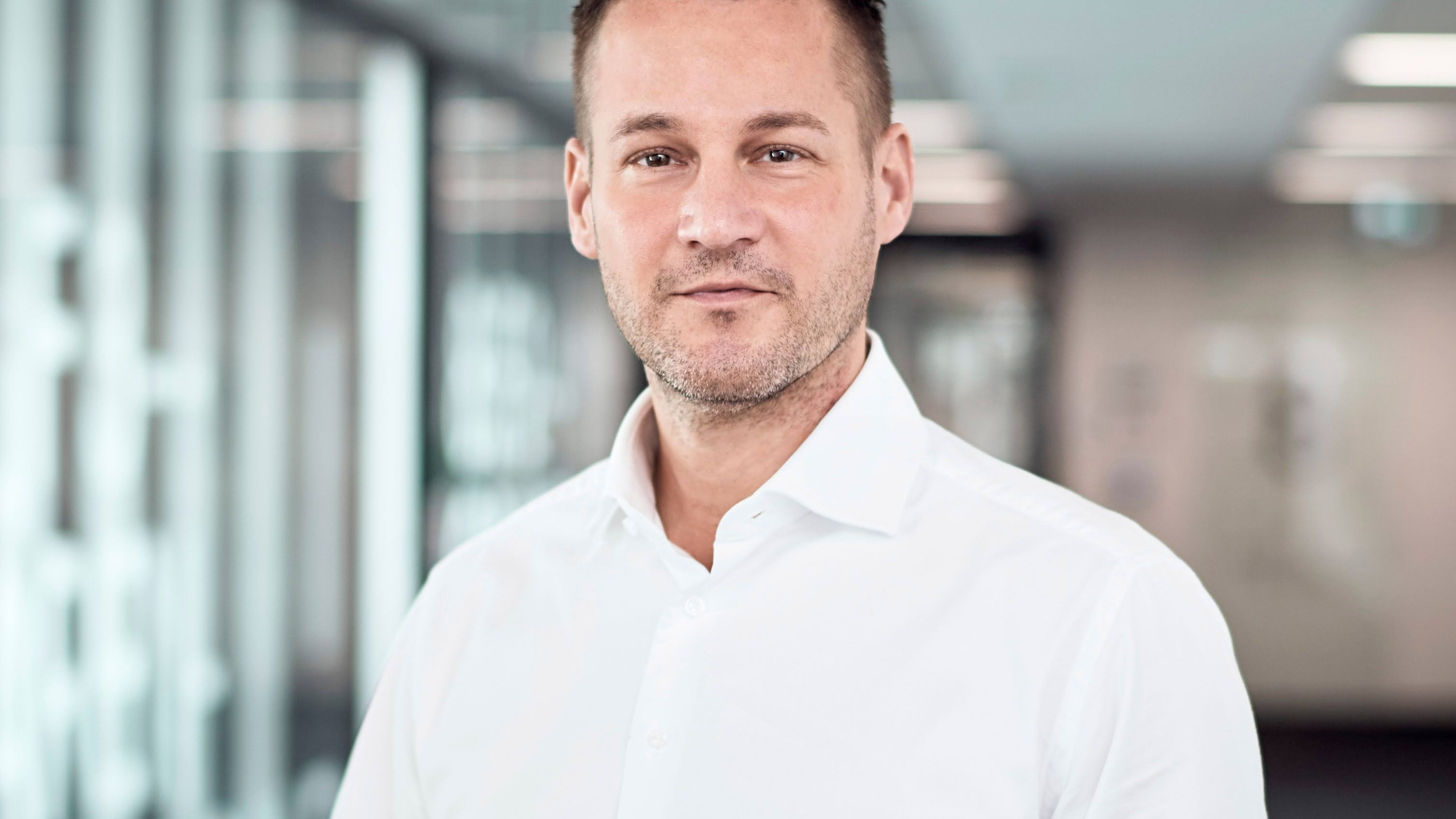Opinion: FAILURE IS NOT AN OPTION – Why we all depend on commercial vehicles. And what needs to happen now.

By Daimler Truck AG board member and head of truck technology, Dr. Andreas Gorbach
To ensure that commercial vehicles can keep our economy and society moving in the future, commercial vehicle manufacturers are investing billions to make them emission-free. The vehicles are ready – but manufacturers are still facing draconian penalties. Meanwhile, Europe is increasingly being challenged by non-European competitors. What is currently going wrong. And what matters now.
What’s it all about
Trucks and buses are and will remain the backbone of our economy and society.
- Commercial vehicles deliver to supermarkets, pharmacies, construction sites, factories and hospitals, put out fires and bring emergency supplies to crisis areas, empty garbage cans, deliver parcels – and they take people to work, on vacation or our children to school.
- More than 70 percent of our everyday products are transported by trucks. In German passenger transportation, the bus is the second most important means of transportation after the car, and the most important in local public transportation.
- Unlike a car, the purchase of a commercial vehicle is first and foremost a rational investment decision. Customers are entrepreneurs running their businesses on small margins – they have to earn money by operating a truck or bus.
- In Europe, around six million trucks (Germany: 800,000) and around 900,000 buses (Germany: 80,000) are in daily use – and the trend is rising.
- By 2040, freight transportation by truck in Germany is expected to increase by 34 percent – and it can hardly be substituted by rail, ship or air.
- The economic strength of a country is directly linked to freight transportation – when the gross domestic product increases, so does the number of trucks on the road.
- With almost 60 million tons of diesel consumed per year, six million trucks are also responsible for around seven percent of European CO2
Battery-electric and hydrogen-powered trucks and buses are needed for CO2-neutral transportation – carbon-neutral fuels can also play a role.
- If we wanted to switch six million trucks in Europe completely to battery-electric drive, we would need around 350 TWh of green energy per year to charge them.
- For comparison: Germany’s total electricity demand in 2023 was around 500 TWh.
- The necessary expansion of the high-voltage grids would be far too time-consuming and cost-intensive.
- Ten MW is required to charge long-haul trucks simultaneously at a public rest area in around 45 minutes – and, in turn, the planning and construction for only one such facility takes up to ten years.
Battery-electric vehicles alone will therefore not be able to decarbonize at the speed required to achieve the European CO2 targets for trucks (minus 45% in the new vehicle fleet compared to 2019).
- At the same time, independently of the commercial vehicle industry, a global trade in green energy (comparable to today’s trade in gas and oil) will emerge, especially with regard to hydrogen. This is because there is enough sun and wind in the world to produce enough hydrogen to cover the entire demand.
- For commercial vehicles, hydrogen-based drives are the ideal technology to complement battery-electric drives.
- Depending on the transportation task, battery or hydrogen (with fuel cell or internal combustion engine) can be the more economical solution for our customers.
- In addition, the development of a charging and refueling infrastructure for both technologies is faster and more cost-effective than the massive expansion of infrastructure for just one technology.
- And if the required hydrogen is produced in sunny regions, for example, this high efficiency in production compensates for the lower efficiency due to higher conversion losses compared to battery drives. What is known as the “sun-to-wheel” efficiency is therefore the same.
- Today, Europe is a leader in hydrogen and fuel cell technology. In contrast to battery cells, Europe can be the global technology leader here in the long term. Thus, an investment in these technologies is an investment in Europe’s future competitiveness.
- In addition to batteries and fuel cells as emission-free drive technologies, hydrogen combustion engines and “carbon-neutral fuels” (CNF) such as HVO (“hydrotreated vegetable oil”) can also play a role in reducing CO2
- This especially applies to applications that are difficult to electrify with batteries or fuel cells, e.g. harvesting, construction or defense vehicles. Internal combustion engines for trucks will still be needed here in the long term.
- CNFs can already be used in the decarbonization of the existing fleet and can generally be credited towards achieving the CO2 targets of the commercial vehicle industry.
- Mercedes-Benz GenH2 Truck.
Emission-free vehicles are ready, but manufacturers still face draconian penalties – because there is a lack of cost parity and infrastructure for the vehicles.
- The commercial vehicle industry has been investing billions in decarbonization for years. All manufacturers have already achieved a great deal here.
- At Daimler Truck, eleven battery-electric truck and bus models are in series production worldwide, as well as a battery-electric city bus with an additional fuel cell for greater range.
- But: High prices for green energy and the very low number of public charging and hydrogen refueling stations are currently slowing down decarbonization.
- Commercial vehicle manufacturers have little to no influence on either of these factors. Manufacturers therefore do not have full control over whether they achieve the specified CO2 targets for 2030.
- In case they do not achieve the targets, they must pay draconian penalties: per ton of CO2, the penalties are more than ten times higher than in the passenger car industry.
- Important to understand: The commercial vehicle business is fundamentally different from the passenger car business. Because customers buy trucks and buses with a calculator. They are running their businesses on small margins, so they buy the vehicle that is the most profitable to operate.





